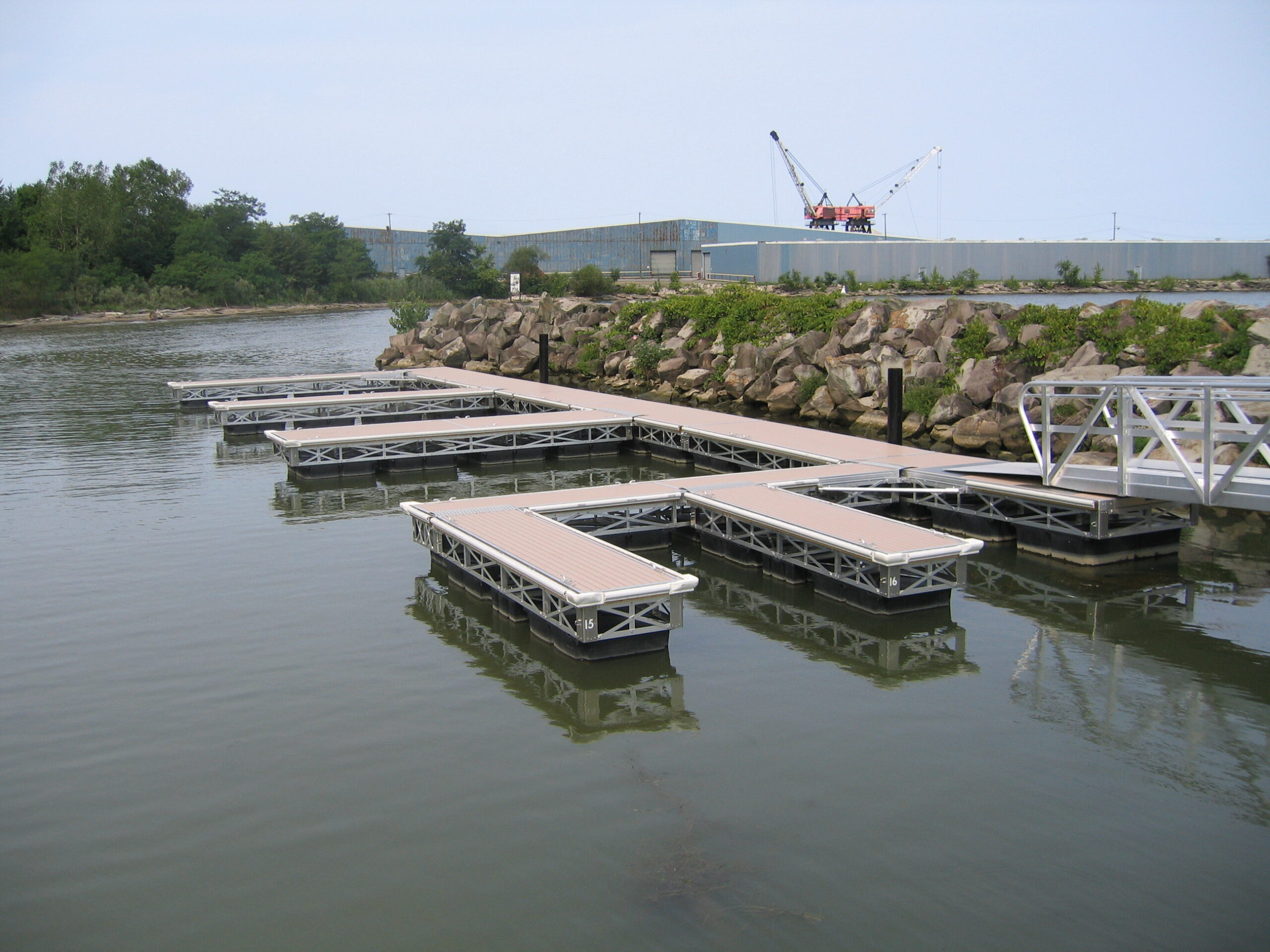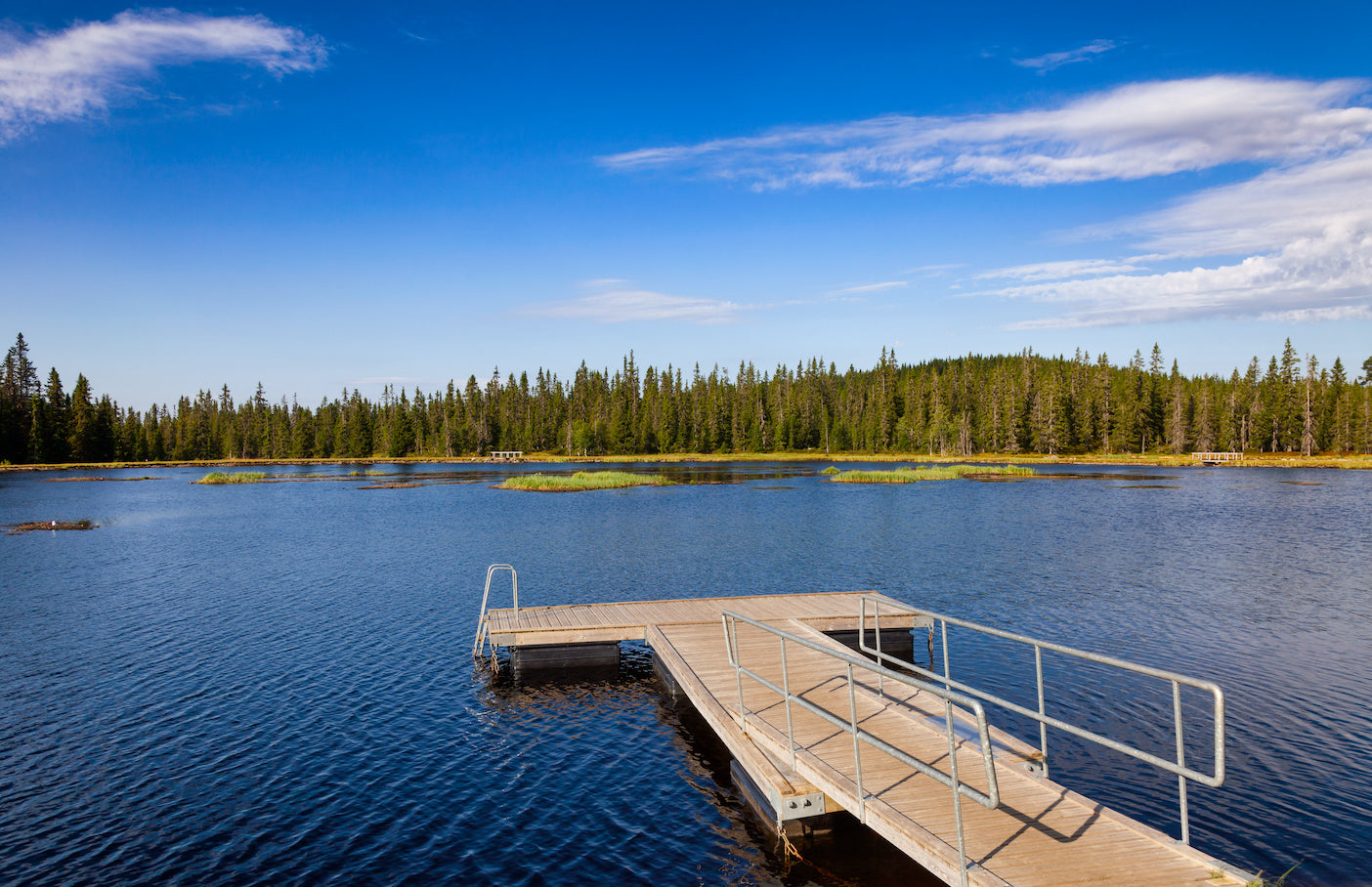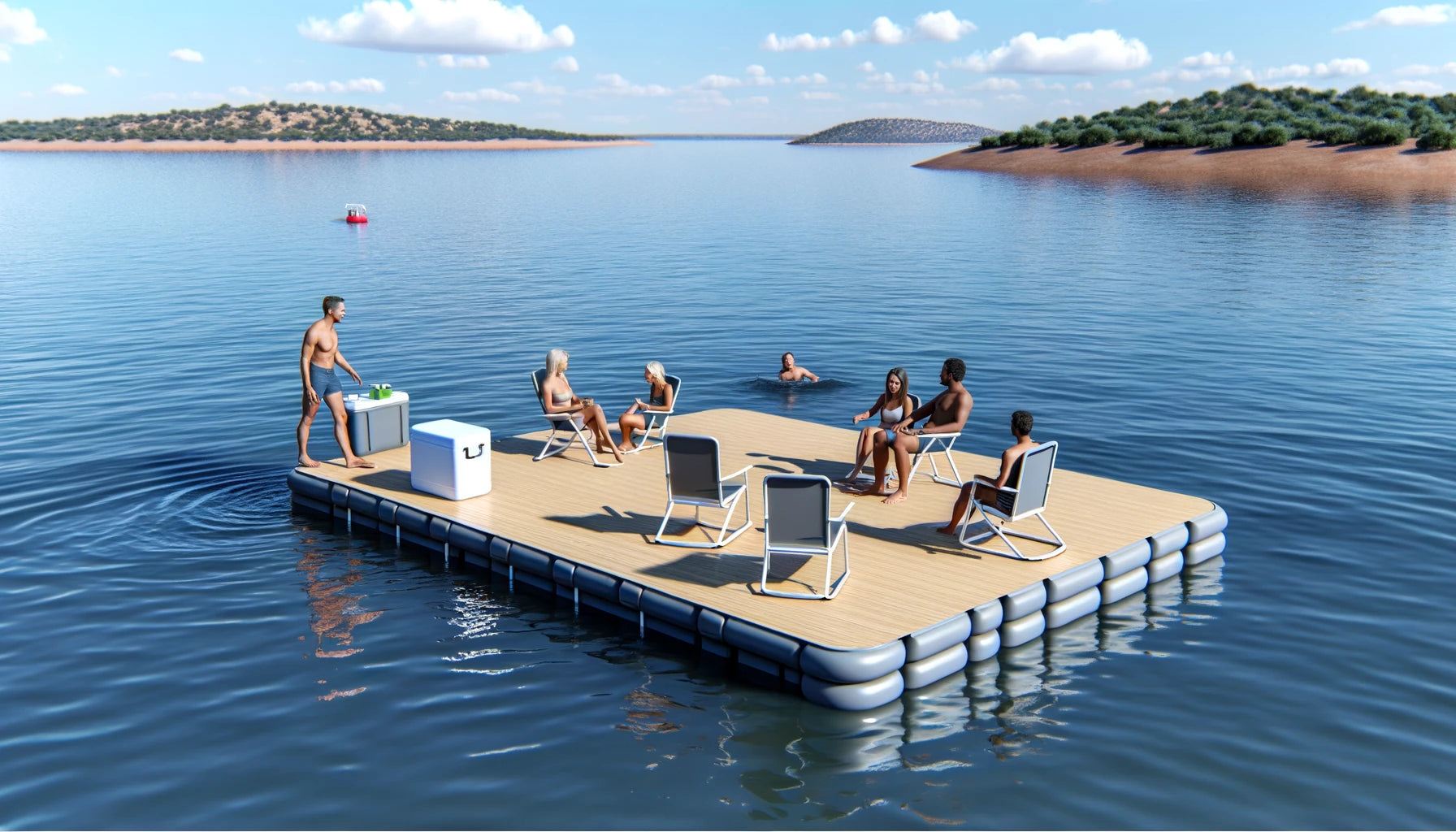Upgrade Your Waterfront With Sturdy Floating Docks
Updating your waterside with sturdy floating docks can substantially boost both capability and aesthetics, offering a versatile solution for various water tasks. With a range of products available, consisting of low-maintenance options and standard timber, picking the ideal dock can complement your personal design and meet functional requirements.
Advantages of Floating Docks
Floating docks deal a wide variety of advantages that improve their allure for different maritime applications. Unlike traditional set docks, floating docks surge and autumn with the trend, making sure consistent access for watercrafts and watercraft no matter of environmental problems.
Furthermore, floating docks are simpler to move and install, providing versatility for seasonal or short-term usage. Their modular layout permits modification to fit specific needs, whether for personal marinas, domestic beachfronts, or industrial applications.
In addition, floating docks produce marginal disturbance to the water setting, preserving local ecological communities and reducing the possibility of disintegration. They additionally provide enhanced security and security for customers, as their resilient nature offers a more forgiving surface than rigid frameworks.
Additionally, floating docks can help with a varied series of tasks, such as angling, swimming, and entertainment boating, making them a beneficial possession for beachfront growth. Their versatility and practicality make floating docks a favored selection for a range of marine jobs.
Selecting the Right Products
Choosing proper products for floating docks is important to their durability, performance, and general efficiency. When selecting products, think about elements such as environmental exposure, maintenance requirements, and architectural honesty. Usual materials consist of timber, plastic, light weight aluminum, and composite choices, each offering unique advantages and negative aspects.
Wood, while aesthetically pleasing, requires normal upkeep to stop rot and decay. Pressure-treated wood can improve resilience, but it may still catch water damages gradually. Plastic floats, usually made from high-density polyethylene, are resistant to deterioration and need very little upkeep, making them an eye-catching option for low-maintenance applications.
Aluminum is one more sensible choice, known for its toughness and light-weight buildings. It is immune to rust and can endure extreme weather problems, although it may be more costly than other products. Compound products integrate the most effective attributes of wood and plastic, supplying a low-maintenance and resistant choice that imitates the look of wood without the linked drawbacks.
Inevitably, the choice of product need to align with the planned use, ecological factors to consider, and budget plan restraints, making certain a functional and long lasting floating dock that meets your certain demands.
Setup Refine Summary
The effective installment of a floating dock counts on mindful preparation and execution, making certain that it operates successfully in its desired environment. The very first action includes assessing site problems, consisting of water deepness, shoreline features, and dominating weather condition patterns, which will certainly educate the dock layout and anchoring system.
Following the site evaluation, the following stage is to prepare the floating dock components. This includes putting together the structure, protecting drifts, and connecting any required hardware. It is critical to ensure that all links are robust and water-resistant to endure marine conditions.
When the dock is constructed, the setup process begins with positioning the dock in the water. This can involve a crane or other lifting devices, especially for larger structures. Proper alignment is important for functionality and safety.

Maintenance Tips for Long Life
Routine upkeep is vital for ensuring the long life and optimal performance of a floating dock. To attain this, begin with regular inspections at the very least two times a year, focusing try these out on the honesty of the dock's structure, including the flotation tools and connecting hardware. Seek signs of corrosion, damage, or wear, and attend to any type of concerns promptly to avoid more wear and tear.
Cleansing is an additional crucial element of maintenance. Eliminate particles, algae, and barnacles from the dock's surface area to stop slippery conditions and preserve visual appeal. Make use of a mild detergent and a soft brush to stay clear of harming the dock's products.
Additionally, guarantee that the dock is correctly anchored and protected to stand up to seasonal adjustments in water degrees and weather. Examine the anchoring system for stability and make changes as essential.
Enhancing Your Exterior Visual
To develop an aesthetically enticing exterior room, including a drifting dock can considerably enhance the overall aesthetic of your waterside building. Floating docks are not only functional but can also work as a striking prime focus that enhances the natural surroundings - floating docks. Readily available in numerous products and styles, these docks can be customized to match your residential or commercial property's building design and landscape
The addition of decorative components, such as incorporated illumination or stylish barriers, additionally boosts the dock's visual allure. Take into consideration utilizing natural timber Continue surfaces, which blend flawlessly with the atmosphere, or choosing modern materials like aluminum or composite decking that supply a streamlined, modern appearance.
Tactically putting planters or seating areas on or around the dock can produce inviting areas that encourage leisure and pleasure of waterfront sights. Additionally, including colors and textures that integrate with your landscape will develop a cohesive visual throughout your outdoor location.

Conclusion

Updating your beachfront with resilient floating docks can substantially boost both performance and aesthetics, giving a functional solution for different water tasks. Unlike traditional fixed docks, floating docks rise and autumn with the trend, making certain consistent availability for watercrafts and boat regardless of environmental conditions.Picking Related Site proper materials for floating docks is essential to their long life, performance, and overall efficiency.As soon as the dock is constructed, the installation process begins with positioning the dock in the water.In recap, floating docks offer numerous advantages, including versatility to water degree modifications and a selection of product alternatives.